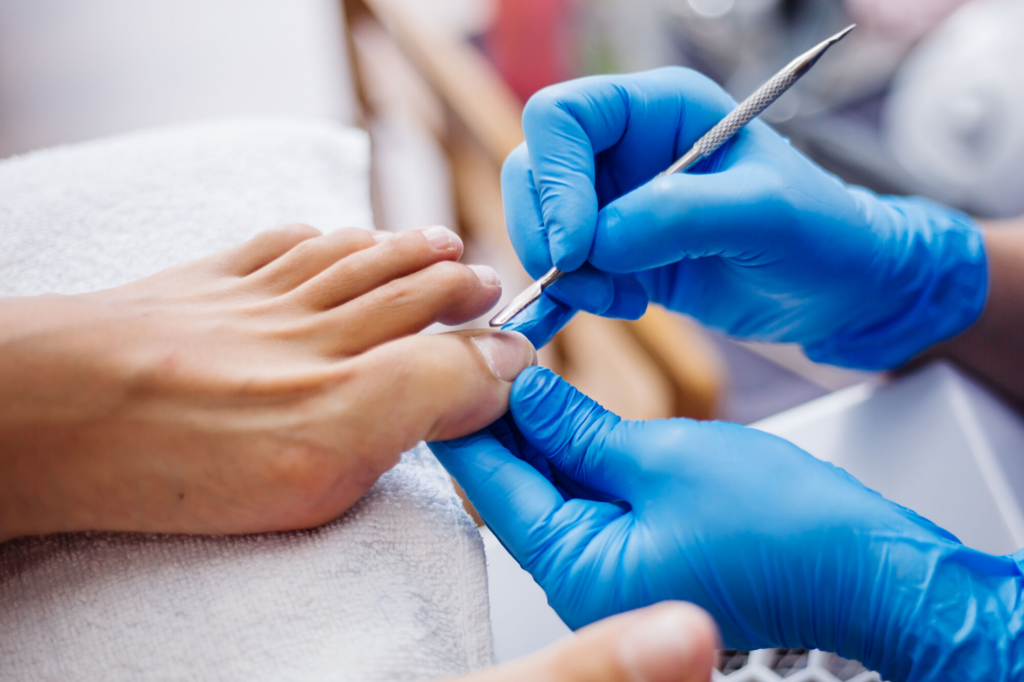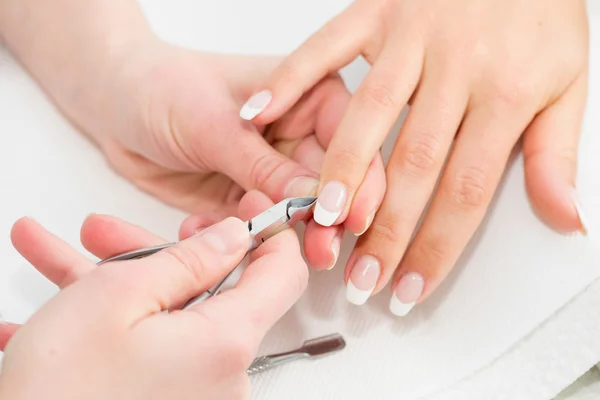Key Takeaways:
- Color Changes: Look for fading discoloration from yellow, brown, or white streaks.
- Thickness Reduction: Notice a decrease in the thickness of the infected nail.
- Healthy Nail Growth: Spot new, healthy nail growth from the base.
- Clear Delineation: Observe a clear line between infected and healthy nail parts.
Toenail fungus can be a stubborn problem, but knowing the signs of recovery can make the journey feel a bit easier. Here’s a handy guide to understanding when your toenail fungus is on its way out.
Signs Your Toenail Fungus is Dying

Color Changes
One of the first signs that your toenail fungus is retreating is a change in color. Toenail fungus often causes nails to turn yellow, brown, or white. As treatment progresses, you might see these colors fade, revealing your natural nail color underneath.
Tip: Consistent observation can help you track the fading process. Keep an eye out for gradual changes, as they are a good indicator that the treatment is effective
2. Reduction in Thickness
Fungal infections often make nails thick and brittle. As the fungus dies, the nail will begin to return to its normal thickness. This might be a slow process, but it’s a clear sign of recovery.
Advice: Even if the thickness reduces, continue your antifungal treatment to ensure the fungus is completely eradicated
3. Healthy Nail Growth
New nail growth is a positive sign. You’ll start to see healthy nail tissue growing from the base of the infected nail. This new growth will appear clear and smooth, unlike the infected part of the nail.
Reminder: Patience is key here. Toenails grow slowly, and it can take several months to see significant progress
4. Clear Delineation
You may notice a distinct line between the new healthy nail and the old infected nail. This line indicates where the fungus-free nail is pushing out the damaged part.
Tip: Keep trimming the nail carefully to remove the infected part as it grows out
Maintaining Effective Treatment

Stick to Your Treatment Plan
Even if you see improvement, don’t stop your antifungal treatment prematurely. Toenail fungus can be persistent, and stopping treatment too soon can lead to a recurrence. Follow your healthcare provider’s instructions and complete the entire course of treatment.
Maintain Good Hygiene
Keep your feet clean and dry. Fungal infections thrive in moist environments, so it’s important to maintain good foot hygiene. Change socks regularly, and avoid wearing the same shoes every day.
Use Antifungal Products
Consider using over-the-counter antifungal treatments in your shoes to prevent reinfection. There are also antifungal nail polishes that can be used as a supplementary treatment.
Consult Your Doctor
If over-the-counter treatments are not effective, consult your healthcare provider. They might prescribe stronger antifungal medications or suggest alternative treatments like laser therapy.
Pro Tip: Document your progress. Take photos of your nails every few weeks to visually track the improvements and discuss these with your doctor during check-ups
FAQs
Does Peroxide Kill Toenail Fungus?
Hydrogen peroxide can help kill fungus on the surface level, but it is not always effective for deeper fungal infections. It’s best to consult your doctor for appropriate treatments.
Stages of Toenail Fungus Photos
To understand the different stages of toenail fungus, refer to medical websites that provide visual aids. Seeing these stages can help you better identify and track the healing process.
Signs Toenail Fungus is Healing
Healing signs include changes in nail color, reduction in thickness, healthy nail growth, and a clear delineation between infected and healthy parts.
Symptoms of Dying Toenail Fungus
Symptoms include fading discoloration, smoother nail texture, reduced thickness, and new, healthy nail growth.
Conclusion
Understanding the signs that your toenail fungus is dying can provide reassurance and help you stay committed to your treatment.
By looking for changes in color, thickness, new nail growth, and clear delineation, you can monitor your recovery effectively. Remember, patience and consistency are essential. Stick with your treatment plan, maintain good hygiene, and consult your doctor if necessary.

Jean Smith is a fitness enthusiast and blogger who focuses on fitness and a healthy lifestyle. She is passionate about assisting people in living healthier lifestyles and is constantly on the lookout for new and creative methods to stay fit and healthy. Her articles are excellent resources for anyone interested in improving their health and fitness.
